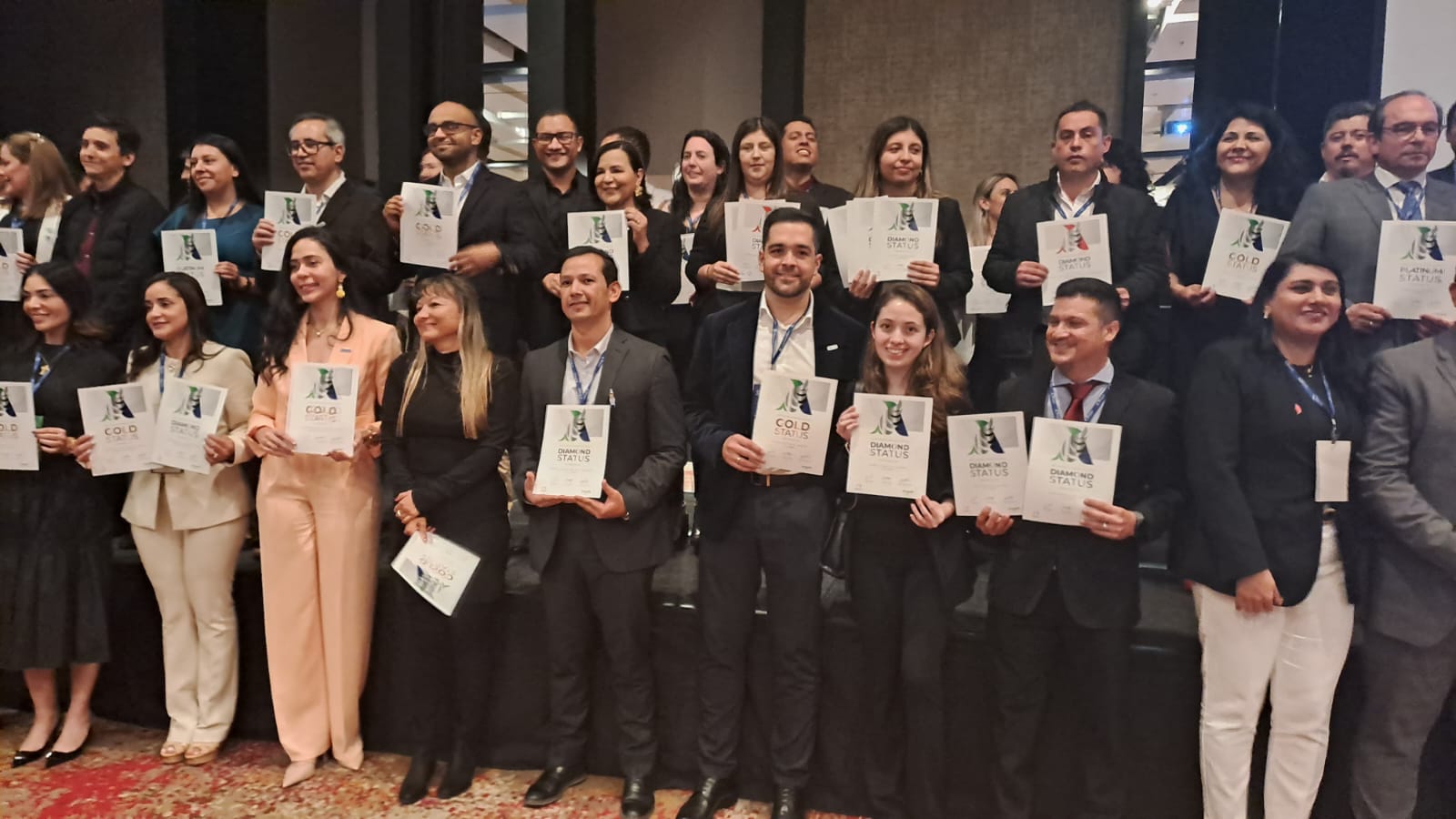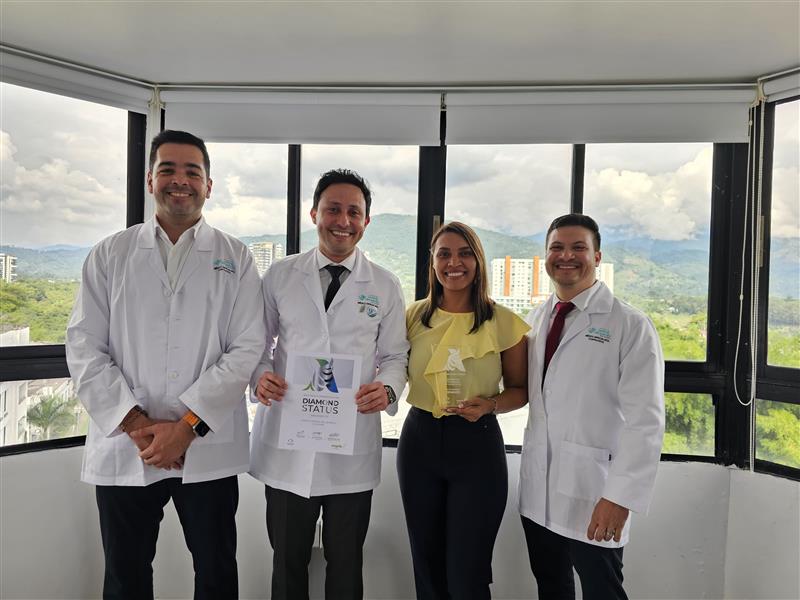Someone has to go first, and among public healthcare providers in Argentina’s San Juan province, that challenge and honour fell to the stroke team at Dr Guillermo Rawson Hospital, who performed their first-ever intravenous recanalization therapy in the midst of a pandemic.
 A 74-year-old retiree from the city of San Juan may be the luckiest man in Argentina, although no-one would have predicted that when on 7 May 2021 the man’s wife noticed symptoms she recognised as signs that he was having a stroke. She wasted no time getting her stricken husband to Dr Guillermo Rawson Hospital, a major public hospital providing specialised medical care to the 600 000 citizens living in San Juan province, located in a famous wine-growing valley in western Argentina.
A 74-year-old retiree from the city of San Juan may be the luckiest man in Argentina, although no-one would have predicted that when on 7 May 2021 the man’s wife noticed symptoms she recognised as signs that he was having a stroke. She wasted no time getting her stricken husband to Dr Guillermo Rawson Hospital, a major public hospital providing specialised medical care to the 600 000 citizens living in San Juan province, located in a famous wine-growing valley in western Argentina.
If it had been just three weeks earlier, it is unlikely that this patient, whose NIHSS score of 18 indicated that he had suffered a severe stroke, would have received treatment, and over the next 10 hours, his brain would have lost up to two million brain cells every minute, resulting in extensive brain damage, disability or even death.
But on 20 April 2021, when a devasting second wave of Covid cases in Argentina had not yet reached San Juan, a small team of physicians, nurses, radiologists and neurologists had attended an in-person meeting with an Angels consultant that in the space of a few weeks would save three lives and set the stage to save thousands more. In the course of that meeting, it was agreed to resume the training in stroke treatment that had been interrupted by the pandemic a year earlier, and to treat the next qualifying stroke patient that arrived at Dr Guillermo Rawson Hospital with recanalization therapy. Seventeen days later, a 74-year-old retiree became that patient.
Just do it
The Angels consultants who initiated training at Dr Guillermo Rawson Hospital in 2019, encountered an enthusiastic team that as yet lacked the resources to treat patients with acute phase ischemic stroke, says Angels team leader for the region, Mariana Wolf. The training benefitted from the expertise of vascular neurologist Dr Santagio Pigretti and registered nurse Yamila Selan, both from Mendoza Central Hospital, and involved everyone along the stroke pathway, from the security guard at the entrance to the radiologist in the CT room.
But by the time they had procured treatment resources from the ministry of health, the Covid pandemic was tightening its grip on South America, diverting healthcare services to dealing with the biggest public health emergency of our time.
But in a window following the first Covid wave, the team once again rallied around the idea of giving life a second chance.
“We had moved away from our goals,” says Dr Mariana Riveros, an experienced neurologist who in 2019 had only recently arrived in San Juan. As head of the stroke unit at Dr Guillermo Rawson Hospital, Dr Riveros's courage and leadership were critical factors when, on 7 May 2021, the Stroke Code was activated for the first time in the hospital’s 300-year history.
The signal came from nursing services in the central emergency room where a patient displaying neurological deficits associated with stroke had been admitted within the therapeutic window, Dr Riveros recalls. “Neurology services were immediately notified. After our initial assessment, a brain CT scan was performed, and our patient received intravenous recanalization therapy in the central emergency room itself before being transferred to the intensive care unit.
“Although we had to fight against time delays and lack of training, door-to-needle time was 80 minutes, and an improvement of more than 4 points on the NIHSS was obtained.”
Do it again, faster
Although Dr Guillermo Rawson Hospital has yet to enroll with the registry of stroke care quality, RES-Q, the data the team collected about their first recanalization provided an important benchmark when, 48 hours later, they had the chance to do it all over again. This time the Stroke Code was activated by staff who admitted the patient, one of several factors that allowed the team to shave 10 minutes off their initial door-to-needle time.
The second-luckiest man in San Juan was a 54-year- old bricklayer with an NIHSS score of 14 when a family member brought him to Dr Guillermo Rawson Hospital where he became the second patient to undergo recanalization therapy by Dr Riveros's team. An NIHSS score of 2 at discharge signalled a strong probability of full recovery, giving every reason to hope that this patient would be able to resume his life with minimal or no sequelae.
“These experiences assure us that we are on the right path, one on which we must move forward,” Dr. Riveros said in June after her team had successfully treated a third patient.
“Certainly, as more patients are treated and the team becomes more experienced, therapy times will improve, and the processes will become more organized.”
Aim for perfection
A stroke team’s first recanalization shows them they can do it; then the focus shifts to perfecting it, says Mariana Wolf, whose team is ready to roll out new training plans for San Juan as soon as the pandemic allows.
“We have two specific training programmes in mind – imaging training for radiologists, and training in pre- hospital care for two ambulance services, including their call centre operators, so we can cover all the people involved in the pathway.”
Emergency medical services in the province are not functioning optimally, and although patient number 3 was conveyed to Dr Rawson Hospital by ambulance, the lack of pre-hospital notification was noted as a factor impacting treatment times.
Simulation training will take place as soon as possible, Mariana says. “Simulation shows up the bottlenecks in a process involving many people, identifying opportunities where Angels consultants can intervene.”
Rather than immediately develop new stroke units in the region, it is envisaged that the team at Dr Guillermo Rawson Hospital will become the hub of a TeleStroke network through which smaller hospitals can access expert guidance on whether and how to perform thrombolysis on patients with ischemic stroke.
Clearly, going first doesn’t only bring recognition, but responsibility too. Thanks to Dr. Riveros's decisive leadership, and with the support of the Angels Initiative, Dr Guillermo Rawson Hospital will soon have an even better, and bigger, story to tell.



